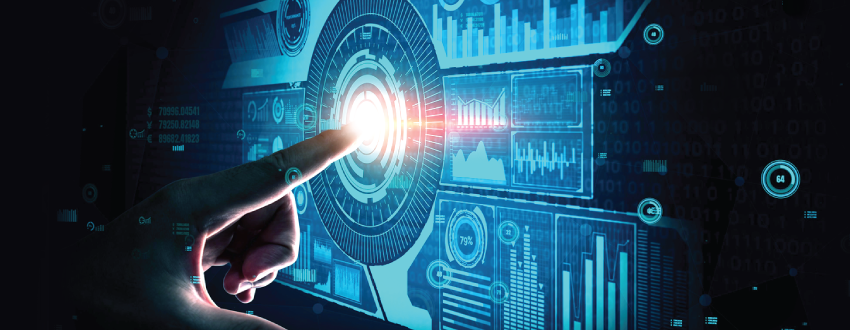Originally published on SCMagazine.com. Excerpt: Core Security Event Manager 6.4 STRENGTHS: Event Manager is cost effective and easy to use, which makes it a particularly attractive solution to those who have never had a SIEM. WEAKNESS: We wish this solution had the ability to drill down into individual data points. VERDICT: This offering comes with a tremendous amount of intelligence and...
How Do You Find a SIEM Solution That's Right For You?
With organizations constantly under the threat of attack, be it through bad actors or inadvertent insiders, Security Information and Event Management (SIEM) tools have become a vital way for security teams to manage potential vulnerabilities proactively based on real-time information. By efficiently relaying actionable intelligences, a SIEM can help discern between low-risk notifications and high-risk threats, preventing a breach that could devastate the business.
Security Information and Event Management (SIEM) solutions can take much of the tedium and guesswork out of monitoring, managing, and prioritizing critical security events. That’s why increasing numbers of cybersecurity professionals are embracing SIEM.
With the dizzying number of systems, applications, and devices used in today’s organizations, constant data streams leave security professionals poring over endless security event alerts. Security Information and Event Management (SIEM) solutions aim to simplify the chaos by monitoring data sources for unusual activity to help identify and escalate critical security events.
Security Information and Event Management (SIEM) solutions are often seen as a necessity only for large enterprises with massive environments to monitor for security threats. While this may have been true over a decade ago, in the early days of SIEM. Since then organizational IT infrastructures have become increasingly multifaceted, and the threat landscape continues to evolve.
In The New Normal in Cybersecurity Part 1, we examined three leading trends in the cybersecurity community over the past year. In this installment, we will take a look into the future and make predictions about where the cybersecurity landscape is potentially headed in 2022 and beyond.
The past year has shown organizations that uncertainty and a transformed reality are the new normal in business. While remote work was intended as a temporary response to the global pandemic, it is now considered a regular part of the business environment—fundamentally altering the way companies operate. This means organizations have had to respond in real-time to shift their cybersecurity strategies and keep up with an expanding IT infrastructure, the explosion of IoT devices, and a new wave of threats from more sophisticated attackers.
If 2020 seemed like an anomaly, 2021 proved to us that it’s time to get comfortable with the transformed reality. Remote work, intended as a temporary response to COVID-19, is now an increasingly standardized way to operate. With face-to-face operations no longer the norm, numerous organizations have shifted to a technology-driven strategy.
Pagination
- Page 1
- Next page
